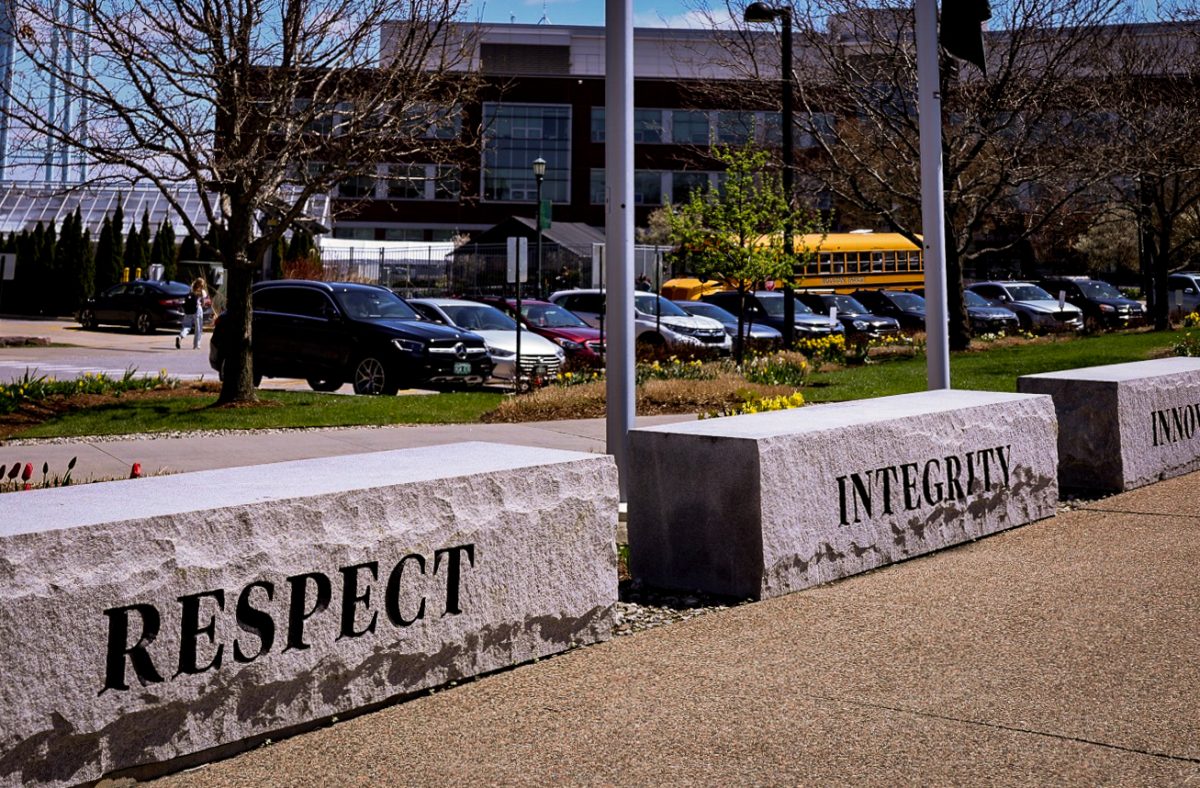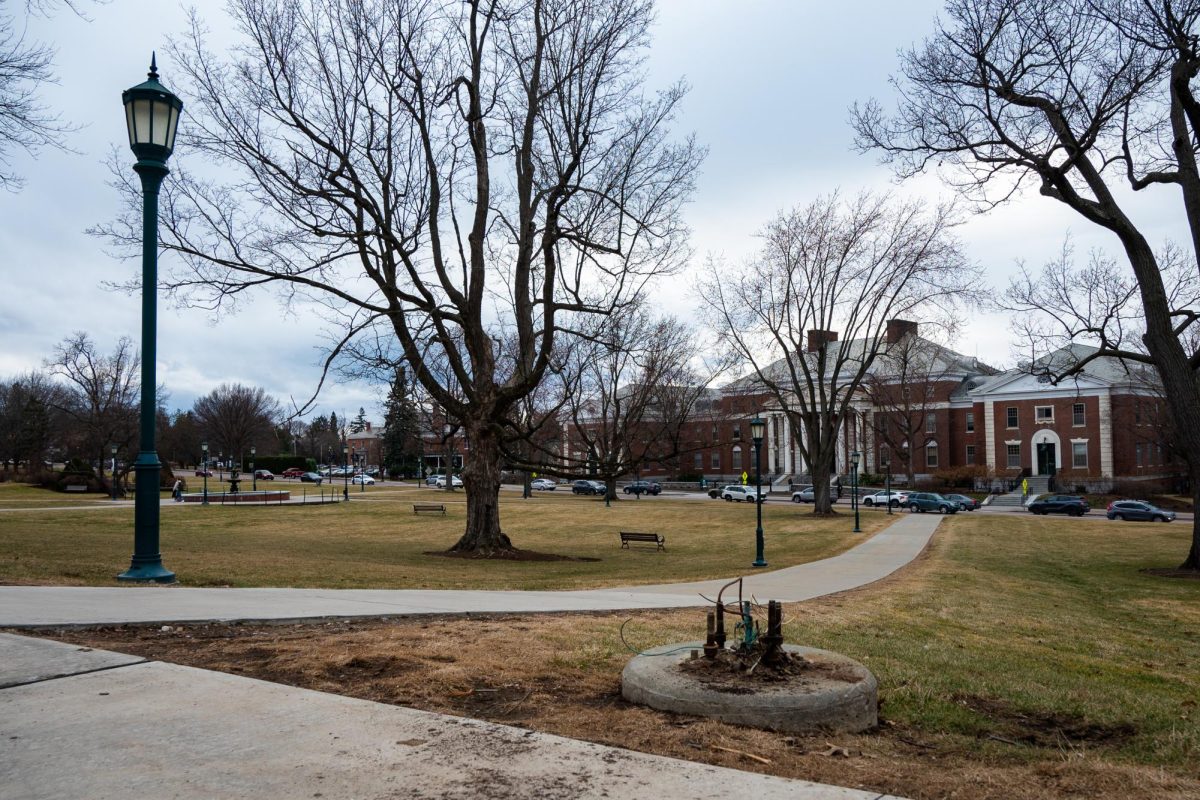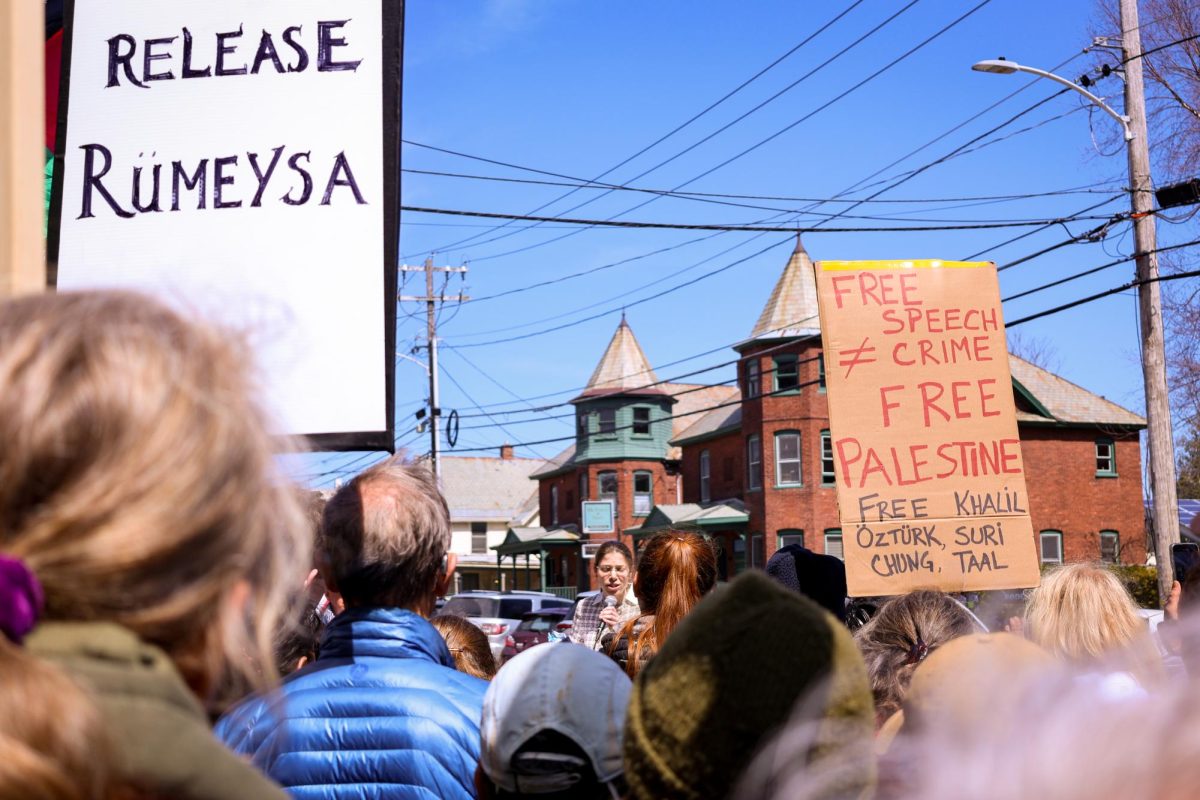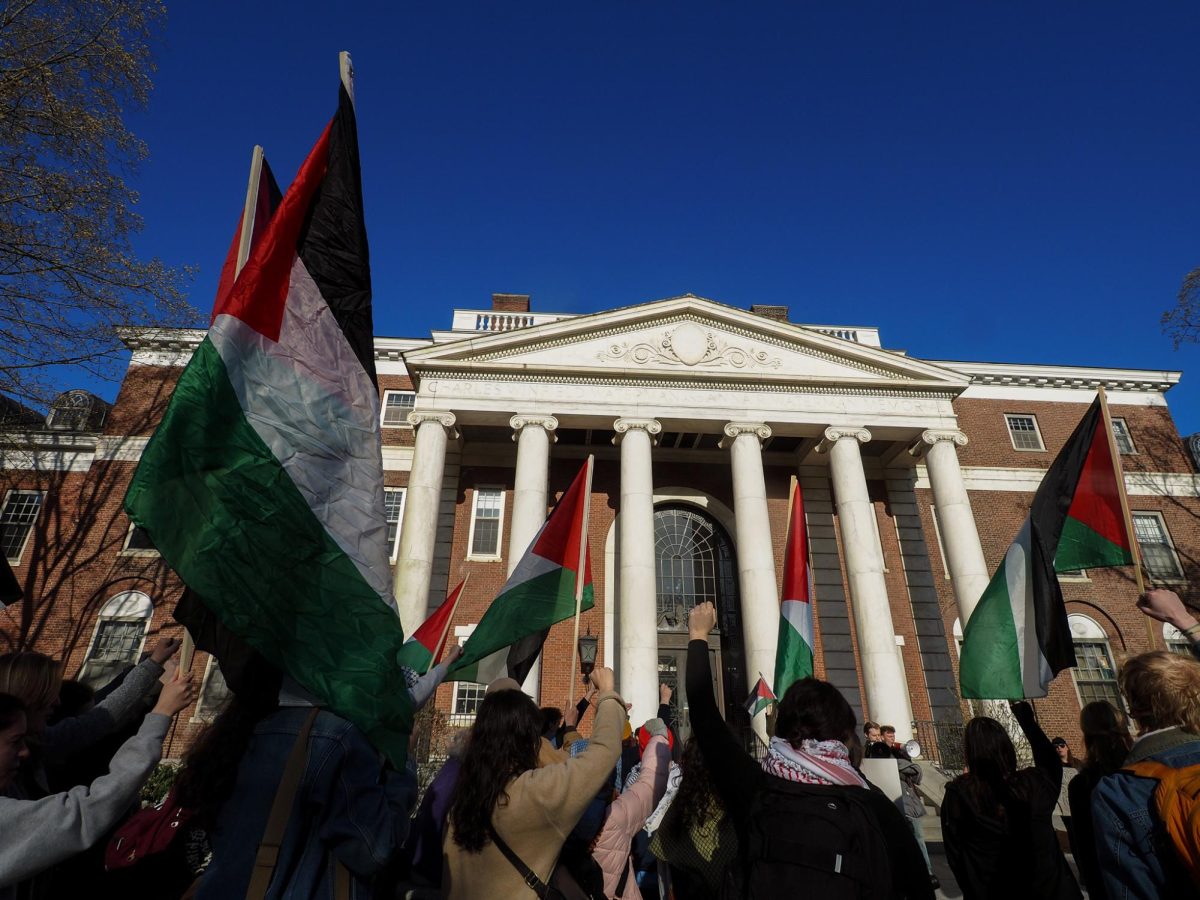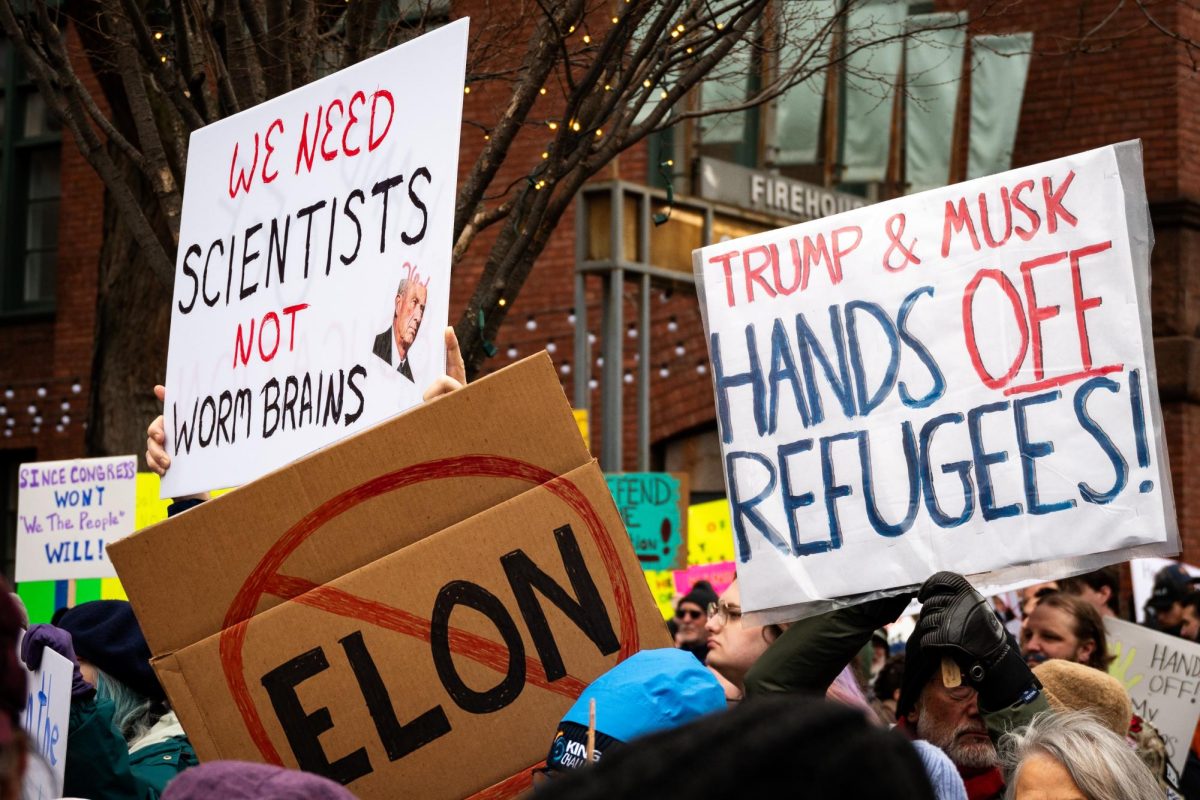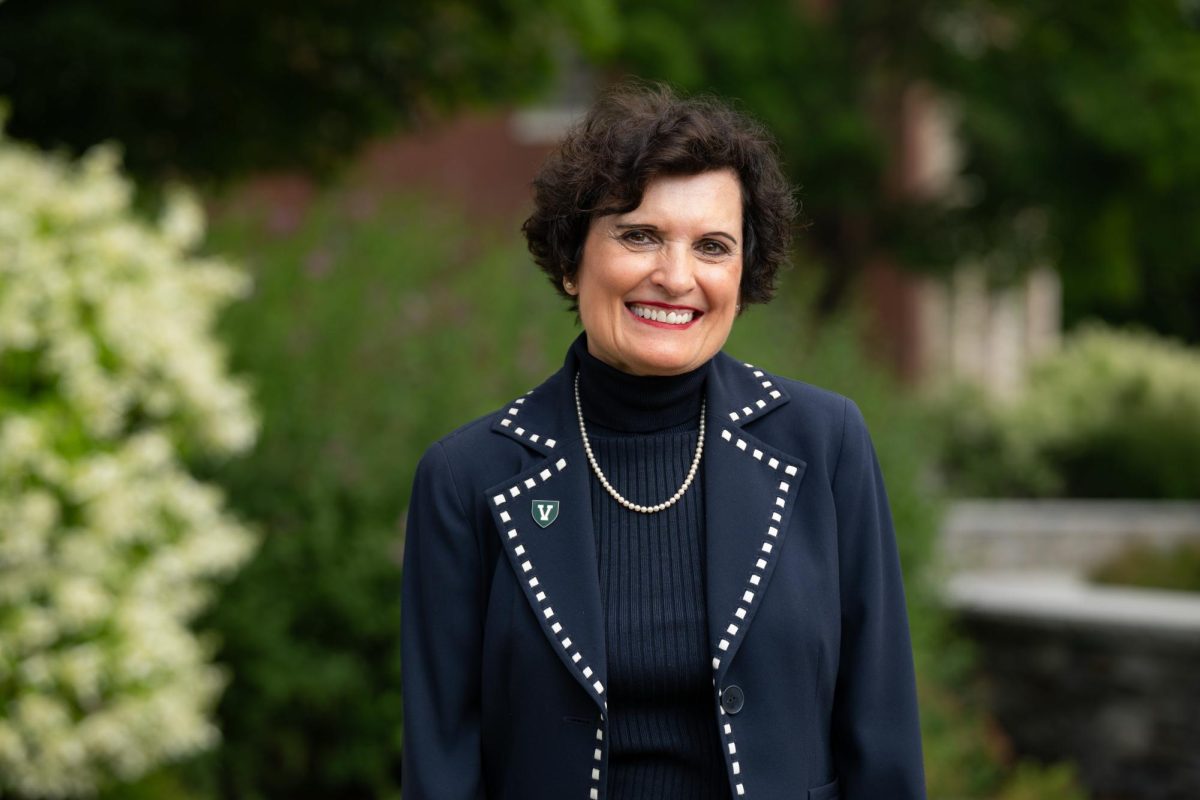The colorful definition of “green” has taken a back seat to the global demand to reduce environmental impact. With countless national ranking systems evaluating the University on different levels and from different perspectives, it has become unclear how green UVM really is. Many of these ranking systems are less than accurate, Gioia Thompson, director of the Office of Sustainability at UVM, said. They are often organizations that choose what components of being “green” are important to them and rank accordingly, but don’t necessarily represent reality, she said. Not only are there endless components to reducing ecological impact, but it is also very easy to cheat these ranking systems, Thompson said. Even Thompson has been offered and declined cheating techniques that could be grant UVM a nice green title in the public eye, she said. But as UVM sophomore Elias Rosenblatt said, “labels are good, but what are we really doing? Being at the top of these lists should not be at the forefront of our goals.” “We could have the most recycling, if we just bought a ton of New York Times and threw them in our recycling bins,” Thompson said. “But that doesn’t make us green.” “Green is any activity (or lack there of) that reduces our impact on the environment,” Alan McIntosh, a UVM professor and director of the Water Research and Lake Studies Center, said. To Thompson, this translates – with respect to a university – into impact per student, which really comes down to “space per student.” She said that this definition is controversial among colleagues and critics, but is the reality. Eighty percent of all carbon emissions come from buildings versus roughly 20 percent from transportation and other sources, she said. “We still heat all of our buildings with fossil fuels,” she said. This is compared to universities like McGill in Montreal that use primarily hydropower. According to Green Building Coordinator Michelle Mullarkey, UVM is putting a lot of it efforts toward better utilizing space on campus more efficiently for fossil fuels. McIntosh said that one way UVM is doing this is through the use of the LEED ecological rating system. The acronym, which stands for Leadership in Energy and Environmental Design, has become a corner-stone for ecological construction and renovation, he said . All sources interviewed agree that LEED is a good system to be using despite criticisms it has received. It can be picked apart because it is not a regional rating system. “It is the same here as it is in Arizona and often the climates are different,” Mullarkey said. A building’s rating comes from a 69-point system and then receives a “platinum,” “gold” or “silver” award. UVM has four buildings on campus that are LEED certified, including University Heights and the Davis Center, both with a gold ranking, and Carrigan wing and Wing/Davis/Wilks with silver. Mullarkey said that there is also a pending certification on the University building at 438 College Street. “Yeah, the Davis Center is supposedly really green, But I think its more of a ‘green-front,'” UVM junior Alison Miley said. “I think the building is a little excessive.” This represents a very small portion of the buildings on campus and many of the other buildings were designed and built in a time when environmental impact just wasn’t a big deal, Rosenblatt said. Mullarkey thinks that the least energy efficient building on campus is the Waterman building because of its age. But Rosenblatt disagrees. She lists the science buildings as most likely to be inefficiently using the most energy as a result of poor design, high-energy demand and much-needed renovation. In correlation, the Rubenstein School’s Aiken building will be undergoing a drastic renovation as the environmental school strives for a never-before-achieved-at-UVM platinum LEED certification, according to McIntosh. The renovations would include everything from energy efficient windows to a “green roof,” he said. The cost, as always, appears to be the biggest factor in not improving the many buildings that fall short of LEED certification, Rosenblatt said. He said the large-scale renovations that would result in LEED certification would send tuition considerably higher than it already is. Outside of LEED, there are many other ways UVM is dedicated to reducing the impact of their buildings, Mullarkey said. She said that all the digging and pipe-related construction seen on campus was the installation and reparation of the central steam lines. This is far more efficient than individual heating and cooling systems in every building, Thompson said. The central steam lines would result in the ability “to operate the Davis Center without increasing the University’s energy use” she said. There are multiple environmentally-focused clubs and groups of students around campus that are also working to improve the efficiency of the buildings on campus, Mullarkey said. Eco-reps are students that can be found in every single dorm, and Mullarkey refers to them as “ecological RAs.” They are paid to promote environmentally- friendly initiatives in the dorms, she said. Eco-reps sponsor campaigns like “Do It In the Dark,”where students are encouraged to turn off the lights to conserve energy. Although the UVM community’s primary “eco?logical footprint” might come from the buildings we use on campus, transportation constitutes a large portion of greenhouse gases as well. McIntosh and Rosenblatt both agree that any alternative to driving around alone in an SUV is a good one. McIntosh said there are now fully-electric campus cars. Although the electricity still comes from somewhere it is a little better than using standard gasoline, he said. One reason electricity is greener is because we are in Burlington, Thompson said. Burlington Electric Company uses over 60 percent renewable energy, Thompson said, and attributes much of that to community demand for green energy. Rosenblatt said that many students get along fine at UVM without a car and if necessary should carpool or better yet, use public transportation. UVM buses have recently been upgraded to use bio-diesel fuel in an effort to reduce their contribution of greenhouse gases, Thompson said. However, she said that the bio-diesel being used was not from local restaurants and she was unsure how the fuel was transported to Burlington and where it comes from. Thompson also mentioned many ethical complications of using crops for clean fuel while raising the cost of food for many already hungry nations. If public transportation cannot meet your demands, McIntosh suggests – for those who can afford it – a Toyota Prius. Although greenhouse gases from buildings and transportation constitute the largest immediate global impact, our University often overlooks a lot of indirect ways that these gases are emitted. UVM sets an example for Vermont by “demonstration” wind turbines and solar panels that are located on the heating plant, Thompson said. She said that each only produces enough energy to run a single residential building and that the power isn’t actually used but rather sold back into the power grid. “Reduce, Reuse, Recycle,” Rosenblatt said when asked what students can do for the environment. Research Associate Professor Don Ross said that UVM has actually been getting worse at recycling and reducing waste in the last couple of years, despite strives to improve energy efficiency. Thompson uses the analogy that “students are aware that they should floss their teeth, but it doesn’t always happen.” Despite declining rates of recycling and increasing waste UVM is still nationally ranked by “Recyclemania” in the top four northeastern schools for waste minimization Thompson said. “We recycle about 35 percent of all our waste,” she said, compared to 60 percent by Middlebury College. She attributes the difference to a “separation plant” on campus at Middlebury but did not say why UVM does not have one. One of UVM’s greenest achievements is its ranking in the top six for sustainable endowment investments, Thompson said. “We have a socially responsible invest?ment committee,” she said. According to Mcintosh, UVM’s greenest efforts are beyond in?vestments, infrastructure and even practice. Thompson called it “outreach,” which refers to the students’ mentality that goes beyond the University’s, into a realm of global “community.” The best thing students can do to fight climate change is talk about it “and know what you’re talking about,” Rosenblatt said. McIntosh said he would like to see every student take at least some kind of environmental education class, even if it’s introductory level. Rosenblatt also suggested keeping up with the news. “There’s a science section in all the big newspapers.” UVM’s effort to be green cannot be ranked or quantified but will make the biggest difference. President Fogel made a commitment last spring to the Association for the Advancement of Sustainability in Higher Education (AASHE)organization to move towards a climate neutral campus, Ross said. Rosenblatt thinks that it is a good thing that the administration has made the environment a top priority but has some concerns for the future. He said that the new administration, in an effort to be recognized as a prestigious school, might lose its attraction to some of the more “grassroots” students (or “hippies”). They really represent an environmentally responsible part of the student body and UVM should certainly consider how the new administration is changing the University’s appeal, Rosenblatt said.
Categories:
Going Green
April 21, 2008
0
More to Discover


